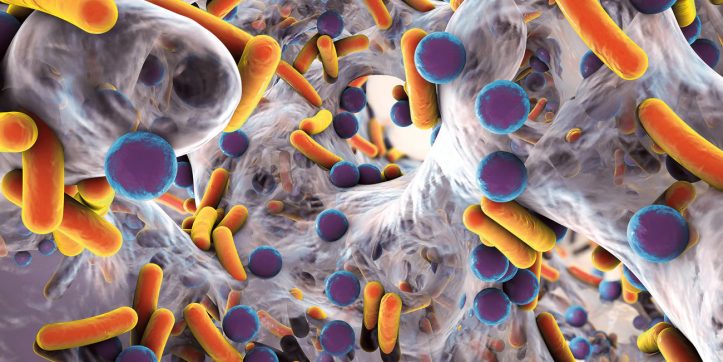What is Sepsis? Sepsis is the body’s extreme and overactive response to an acute infection. Sepsis is a serious life-threatening medical emergency. Without prompt medical treatment, it can cause organ failure, tissue damage, and possibly death.
When an infection travels through the bloodstream from the lungs, stomach, and small intestine to the muscular and skeletal systems, inflammation occurs. It can cause everything from edema (swelling and bruising of the vital organs) to hypotension (low blood pressure) to excessive compartment syndrome (an increase in the volume of a bodily organ). These are all dangerous consequences that can occur within minutes of infection arrival. In order to prevent them, the body needs an adequate level of oxygen and nutrients. A lack of oxygen or nutrients is what is commonly referred to as “hypoxia”.

Hypoxia can be treated with intravenous fluids, including solutions containing anti-inflammatory agents like ibuprofen and aspirin. However, these solutions can only work to control the symptoms of Sepsis. They cannot reverse, or in some cases, even slow the progression of the infection. This is because they can cause severe harm to the muscles and tissues of the body. If the patient receives no oxygen for an extended period of time, this can result in permanent damage to the heart muscle, which is critical to sustaining life.
As a result of the danger presented by untreated hypoxia, a number of new medications have been developed over the last few years to treat the signs and symptoms of sepsis. Some of these drugs work by lowering the amount of oxygen carried by the blood, or by controlling muscle contractions. The most popular drugs used to treat the signs and symptoms of sepsis are ACE (angiotensin-converting enzyme) inhibitors, which slow the heart rate and prevent contractions, and nitric oxide, which dilates the arteries.
If you suffer from sepsis, then you also suffer from serious damage to your immune system. The result is the same. Your body becomes overrun by yeast and bacteria, causing severe reaction within the various organs of your body. These include the bladder, kidneys, stomach, intestines and more. As the yeast and bacteria continue to spread, the damage progresses until the patient begins to receive supportive care from their health care team, such as steroids, antibiotics and IV fluids.
The most common cause of sepsis is an untreated urinary tract infection. An untreated or poorly managed urinary tract infection is often the precursor to sepsis, as the infection quickly gains access to the bloodstream. When this happens, the bacteria found in your body begin to multiply due to the nutrients they receive from your urine. As the numbers of bacteria grow, the risk for sepsis increases. The longer this infection remains in your body without treatment or medication, the higher your chances of developing kidney failure, cardiac problems and pulmonary embolism.
Treatment for sepsis usually involves the use of strong oral antibiotics, as well as fluid therapy and intravenous fluids. These efforts attempt to kill the bacteria within your body, stopping their growth in your blood. Doctors may also prescribe oxygen for some patients, either orally or via a vein-delivery device, in order to increase the oxygen levels in their body and rid it of any bacteria that may still be alive.
Signs of sepsis vary, but one thing that many people notice immediately is difficulty breathing. With adequate fluid being present in your blood, this should not be a problem, but if you are experiencing respiratory problems or weakness – it could indicate that your system is suffering from confusion. This is why it’s important to seek medical attention immediately when you begin to experience any of these symptoms. Once medical treatment is obtained, your doctors will be able to further evaluate the situation and come up with the most appropriate treatment plan for your particular case.